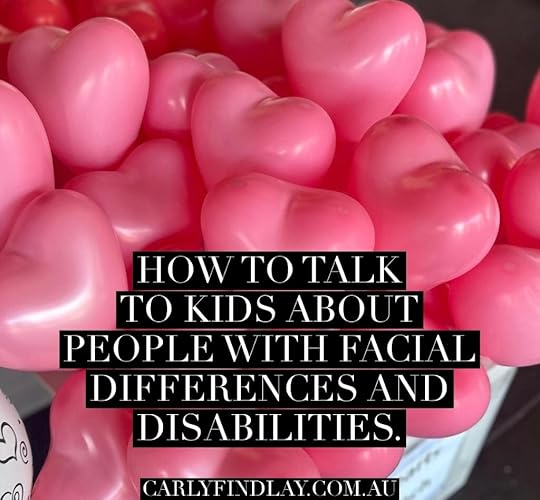How to talk to kids about people with facial differences and disabilities
Today I had a wonderful experience in the post office, very soon after I gave a talk where I received the question “what can parents do to help educate their kids about people who look different?”

Here’s what happened while I was addressing a parcel.
A young child near to me asked his mum what’s wrong with my face?
“I was born this way”, I said, smiling through my mask.
“Yes she was born that way”, the mum repeated, adding, “everyone’s different”.
I thanked her.
“Do you mind if I ask, is that Harlequin Ichthyosis?”, she asked.
Oh my gosh! She prefaced the question about Ichthyosis with a question about consent. And it was perfect pronunciation of Ichthyosis too! This rarely happens!
“You know how to pronounce Ichthyosis!” I said, excitedly. “Yes it’s Ichthyosis, but a different type, mine is Netherton’s Syndrome” I added. I thanked her again for being so proactive and respectful.
“I have to find an age appropriate way to explain to my son. We can all do our bit to educate. It’s the least I can do.”
This is allyship. It gently educated, asked for permission to ask a further question, recognising the onus isn’t always on us to educate. And it was a relief that the conversation was calm and polite. My heart was full. 
Image: lots of pink heart shaped balloons, with text overlay. White text on black background reads: How to talk to kids about people with facial differences and disabilities.” CarlyFindlay.com.au is below.
Has this post helped you? Will you use it in your work or at school? Please consider buying me a drink.



